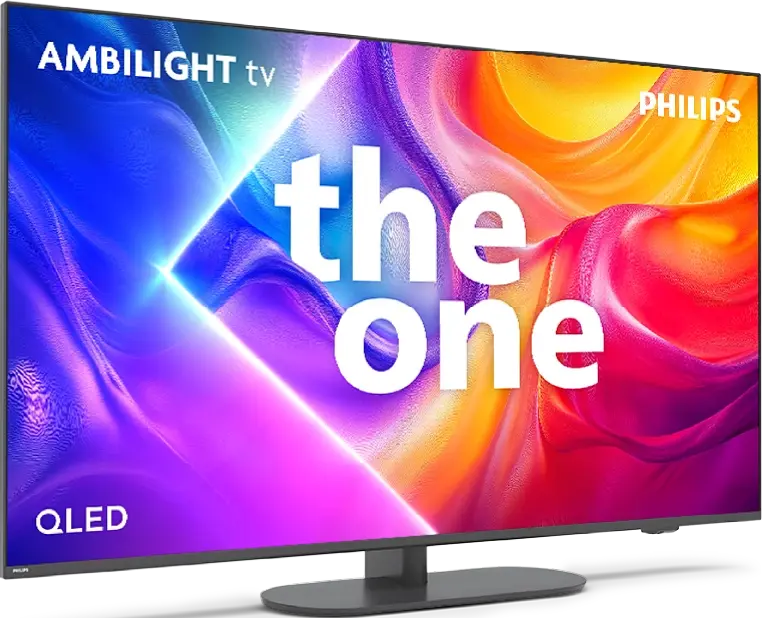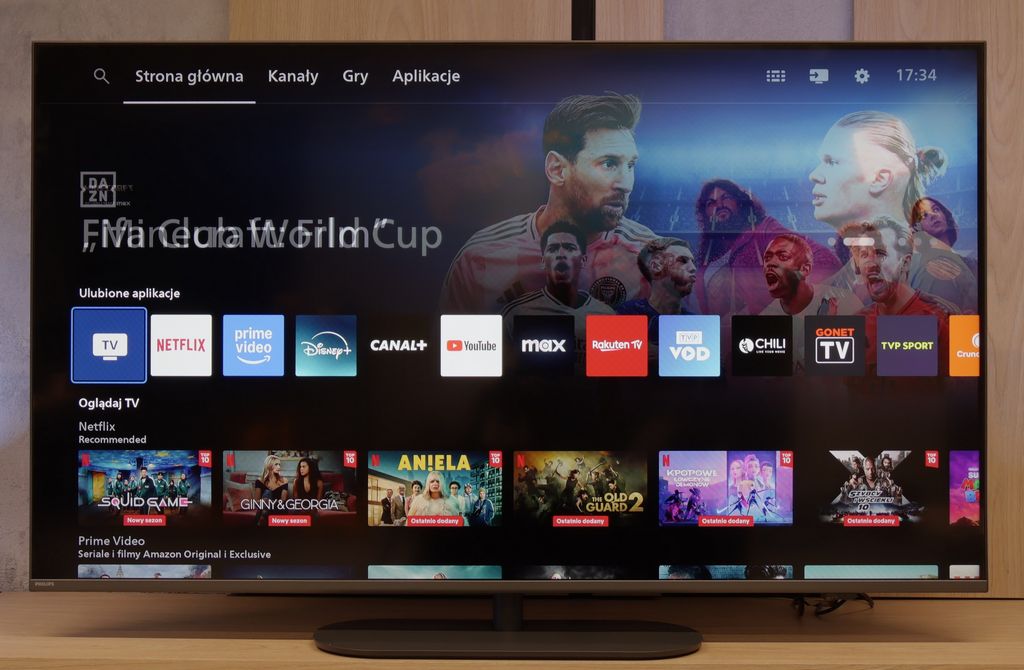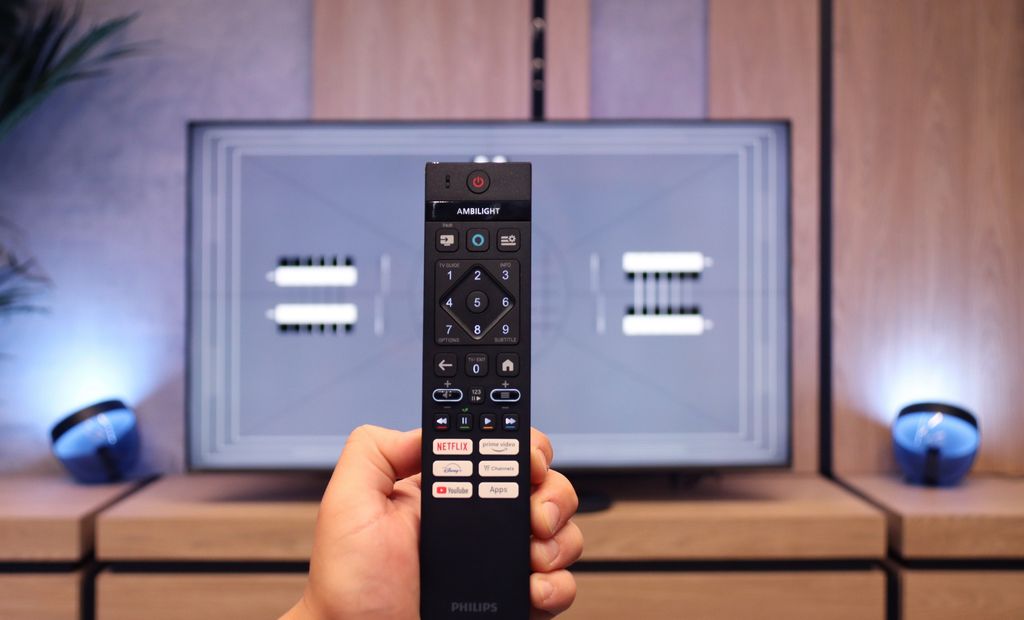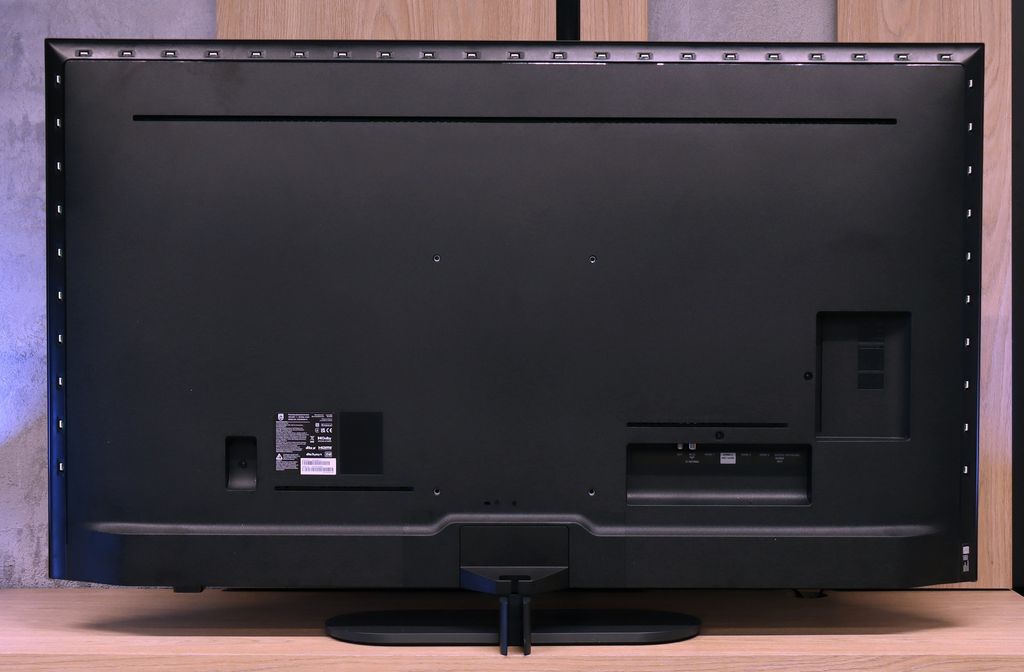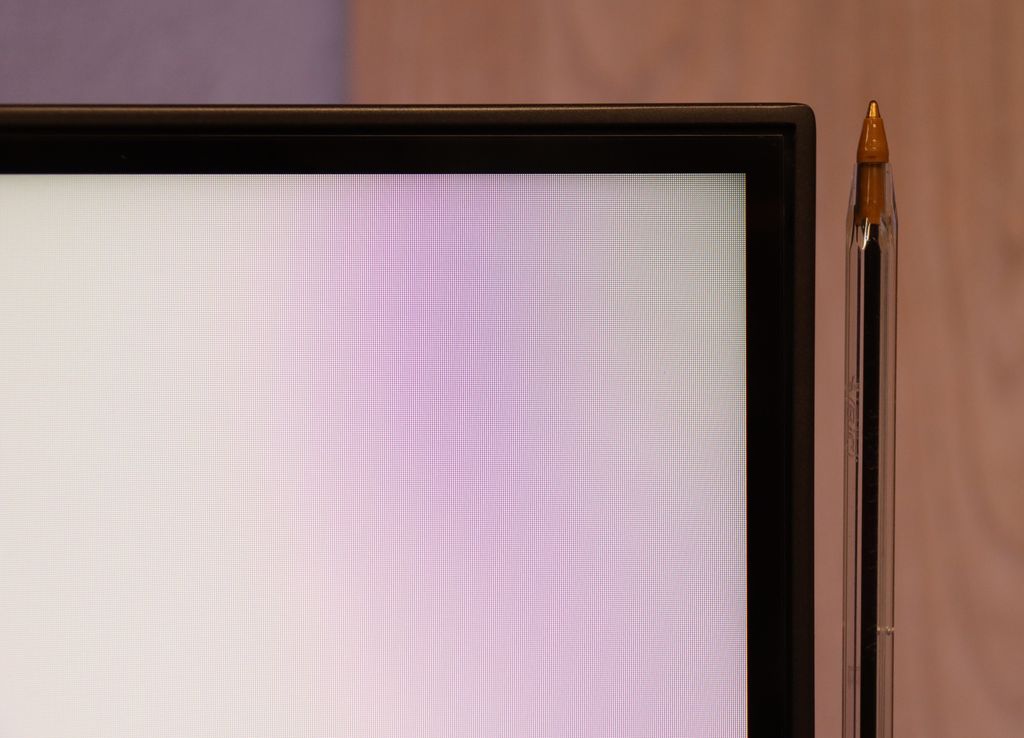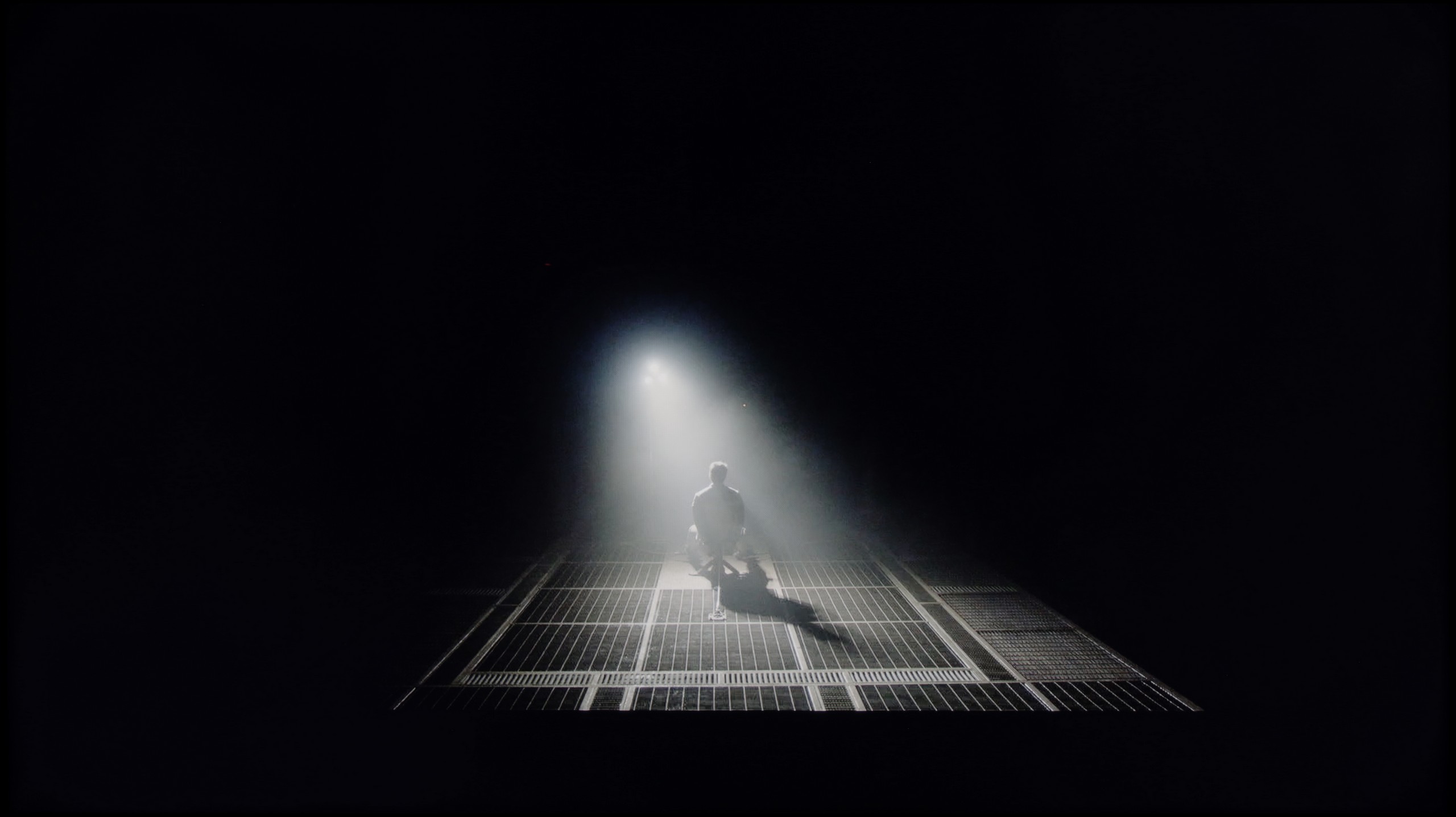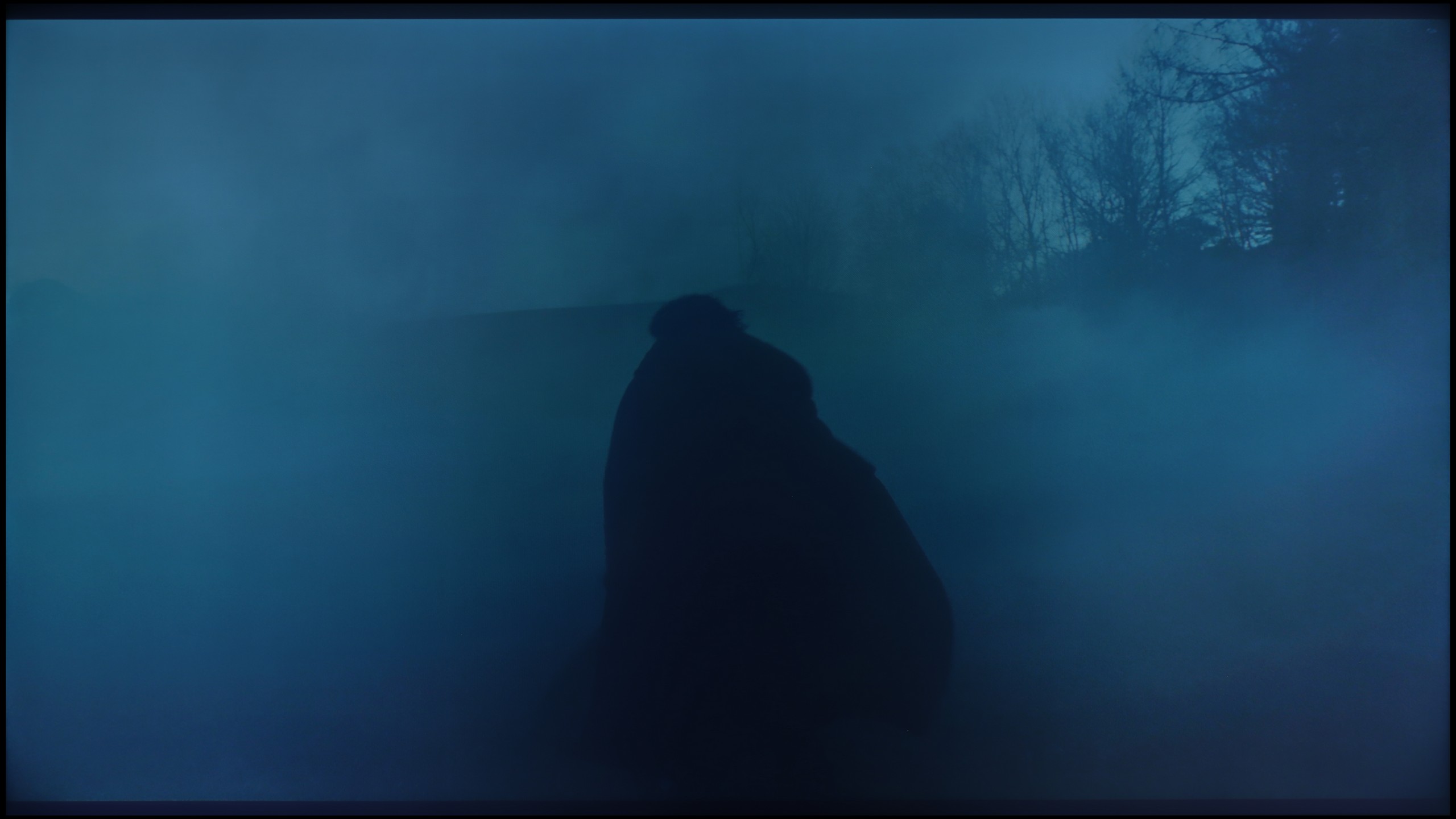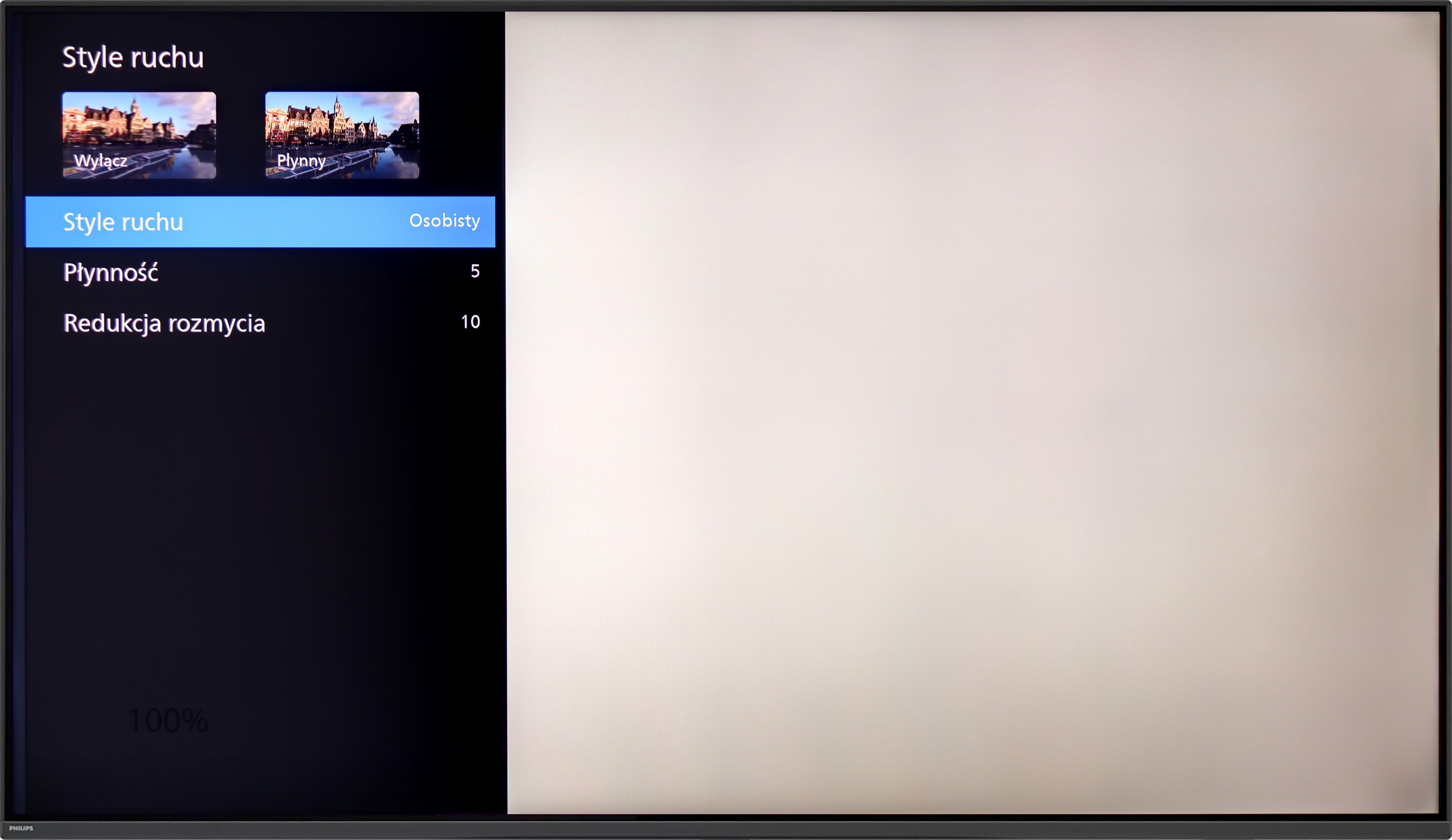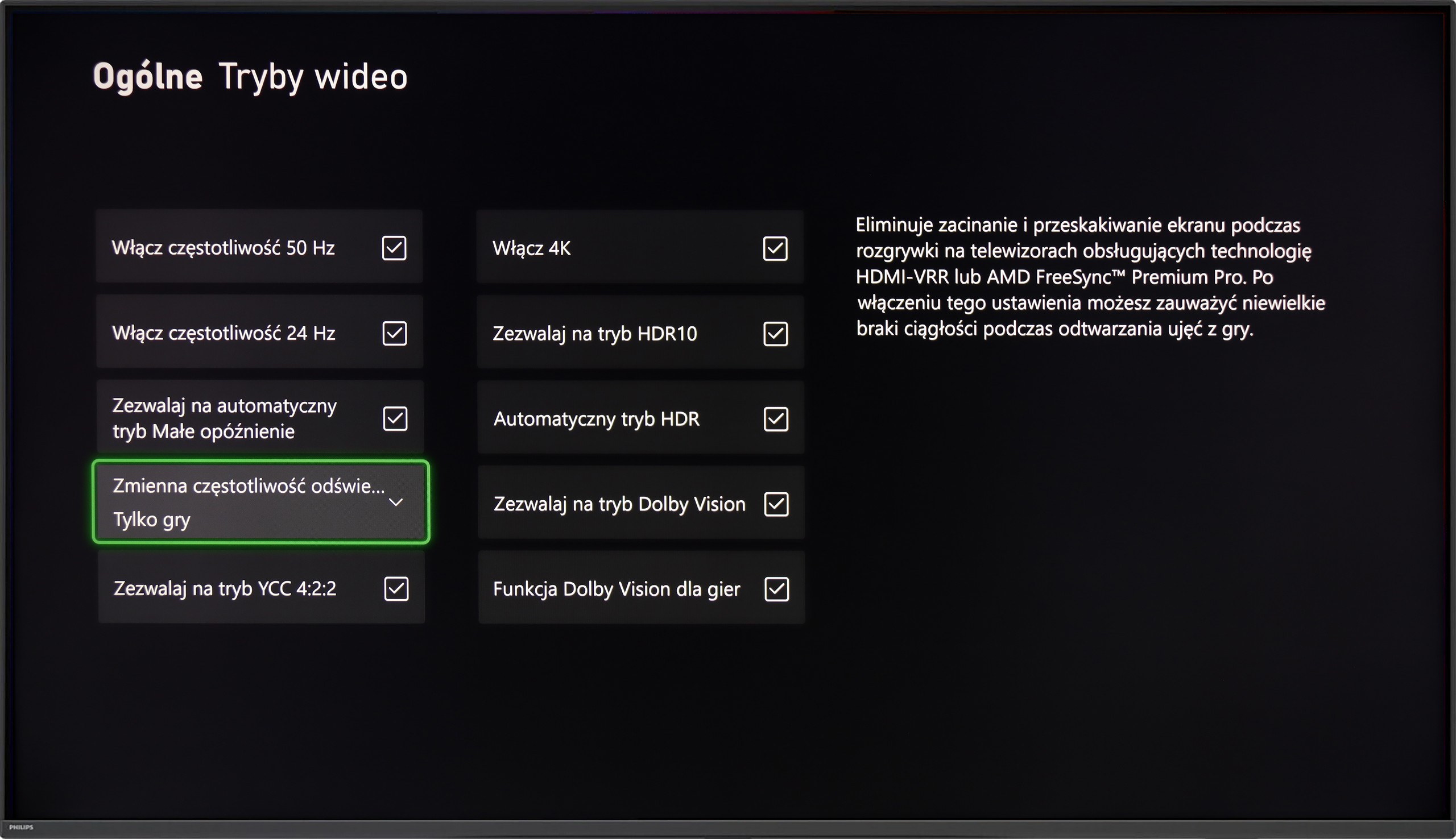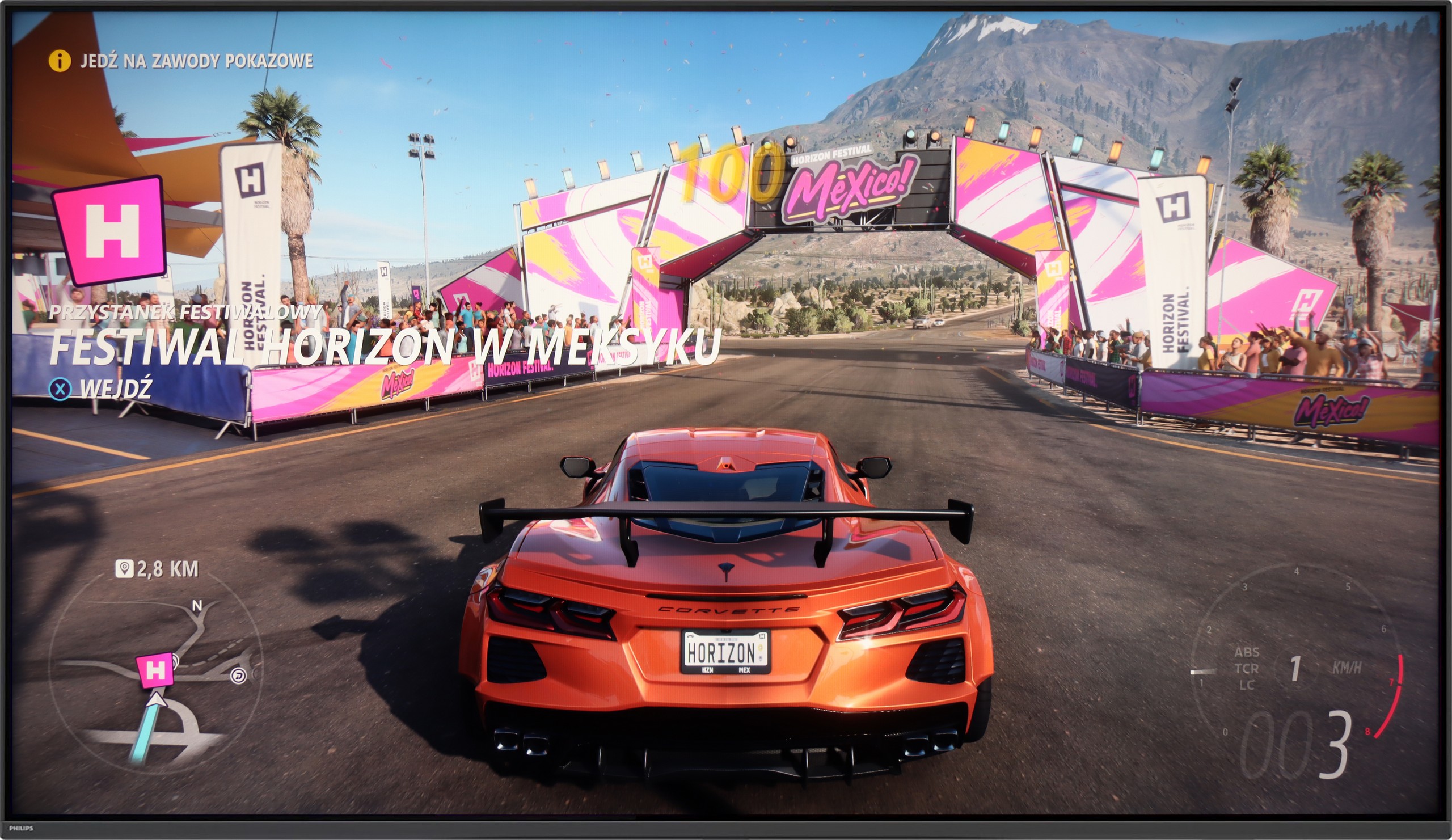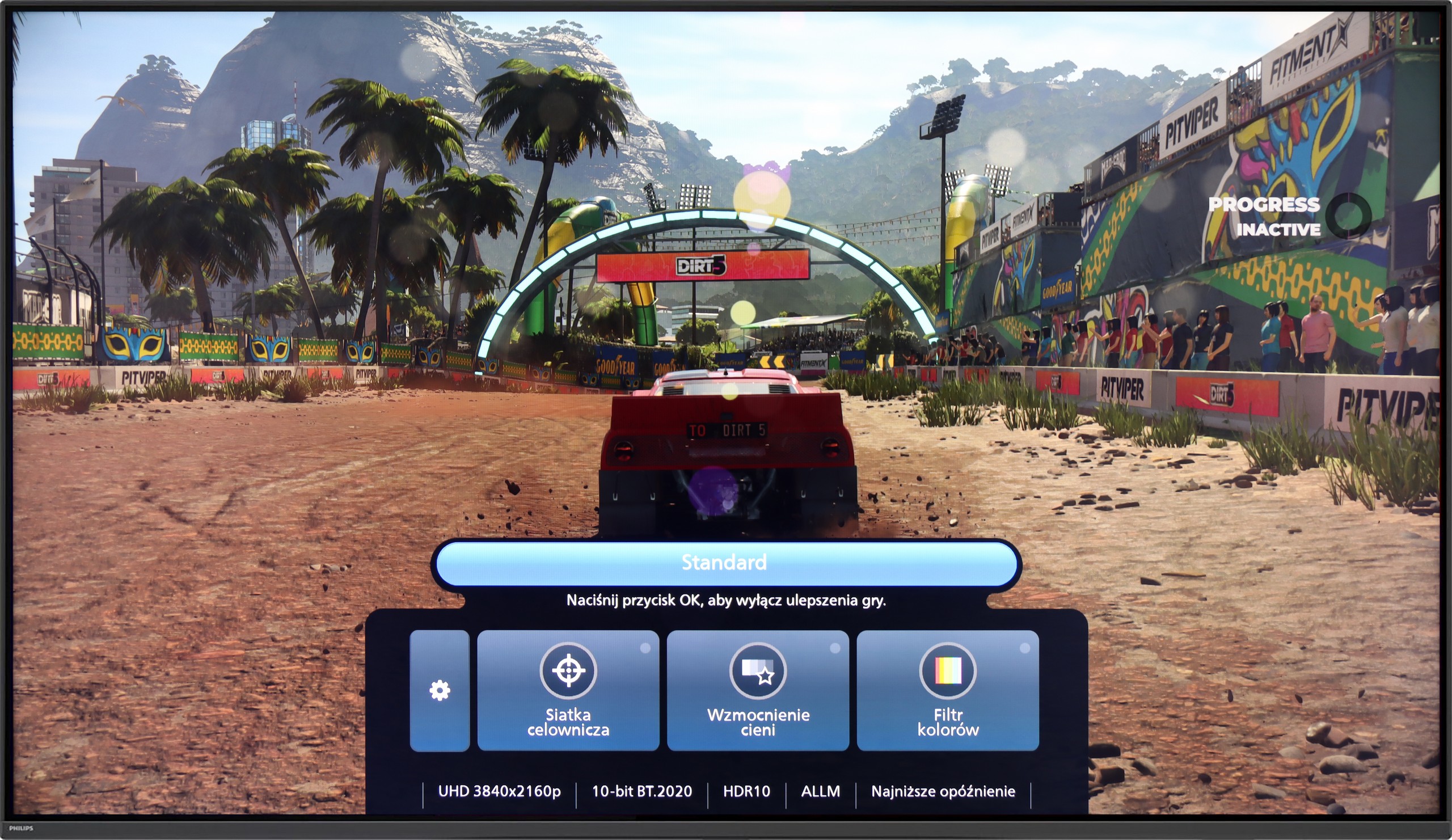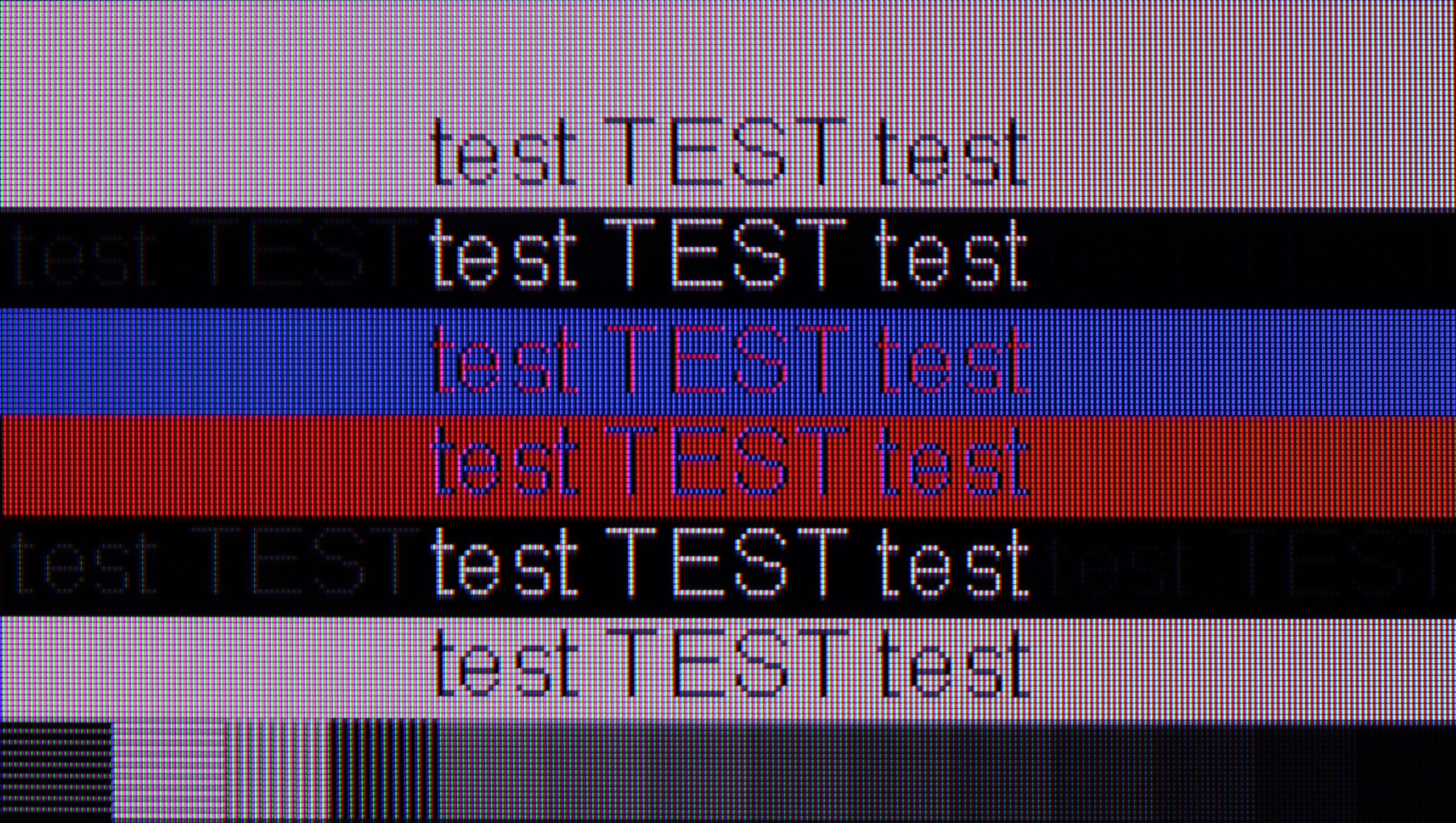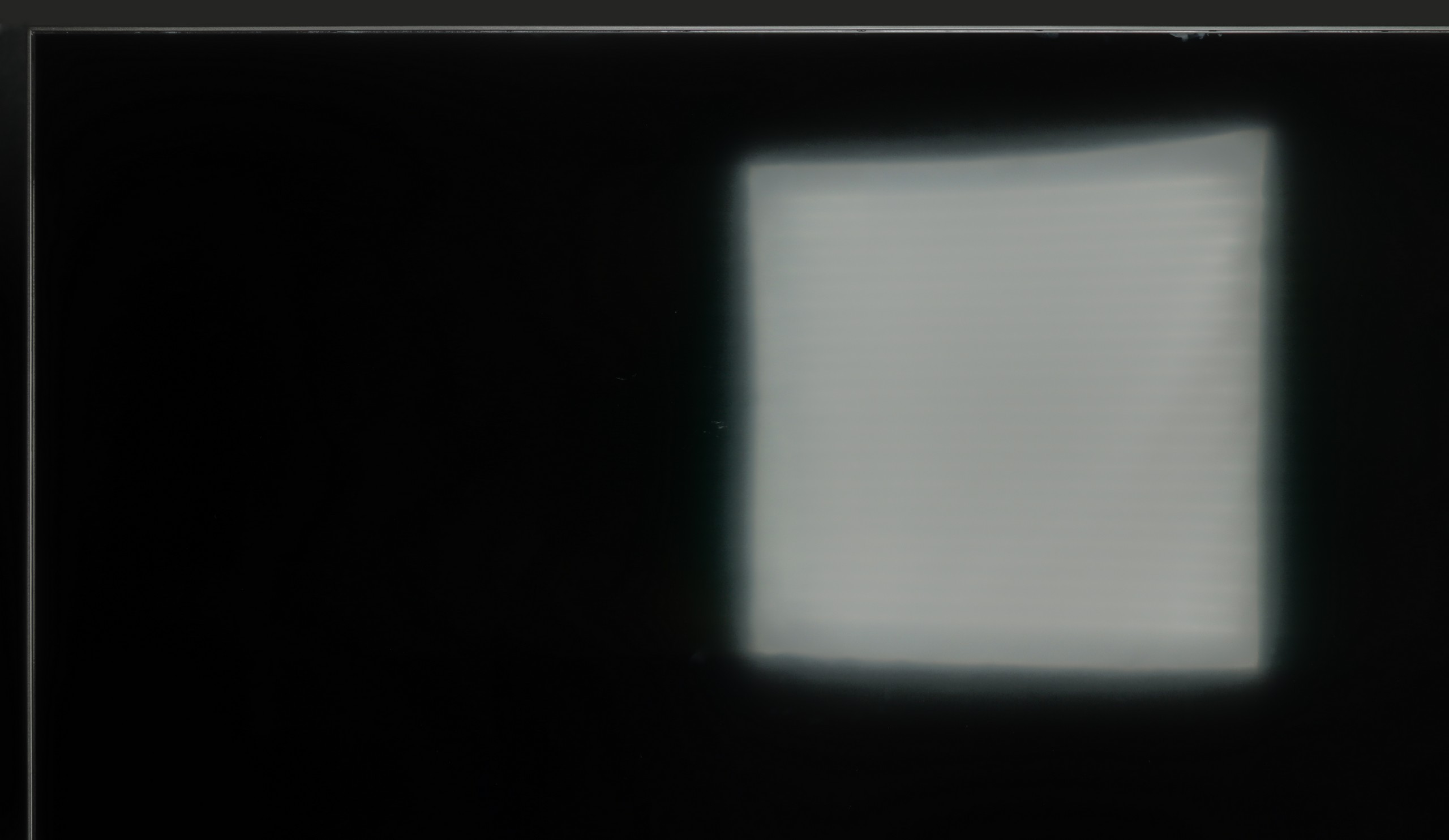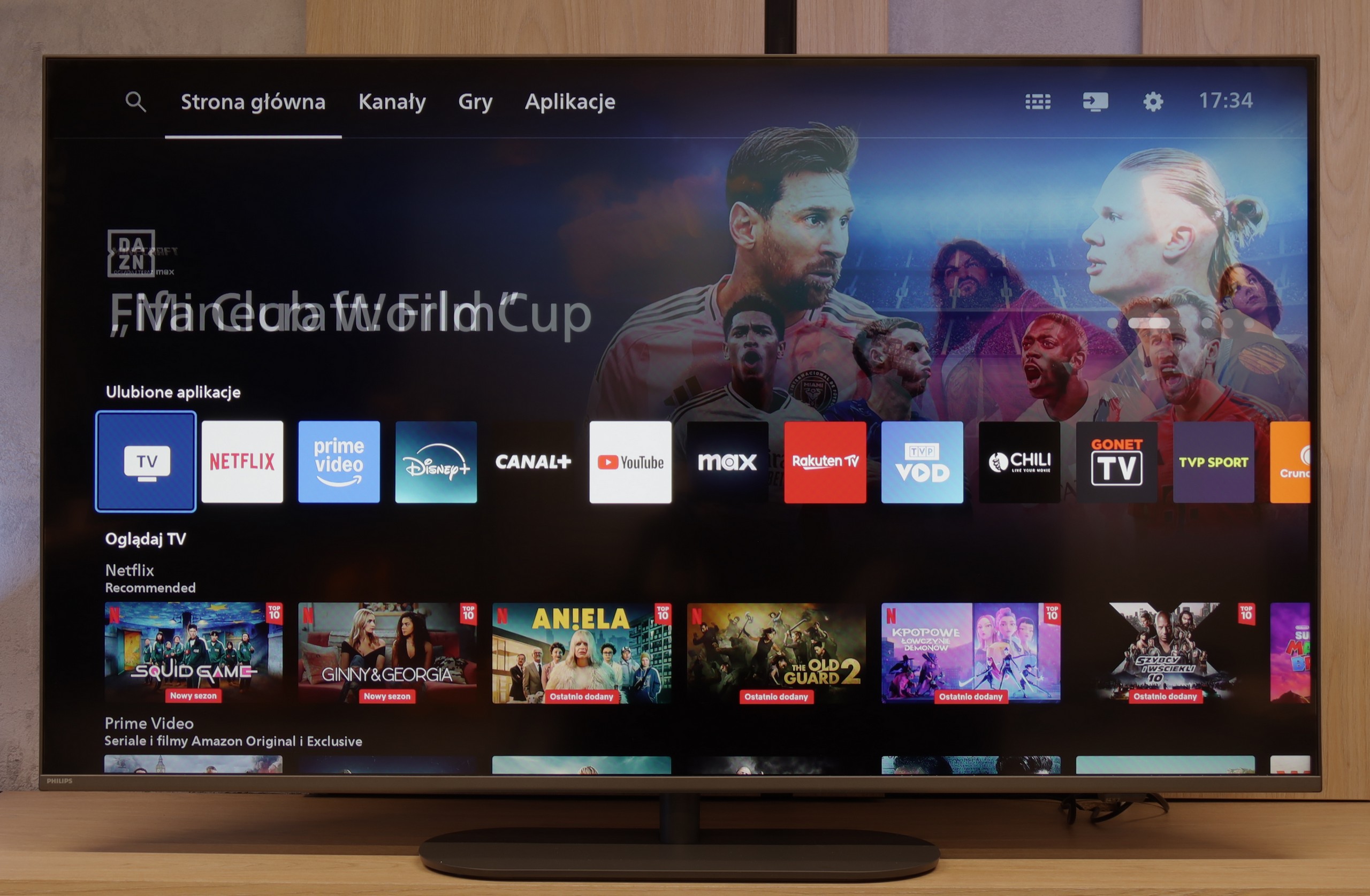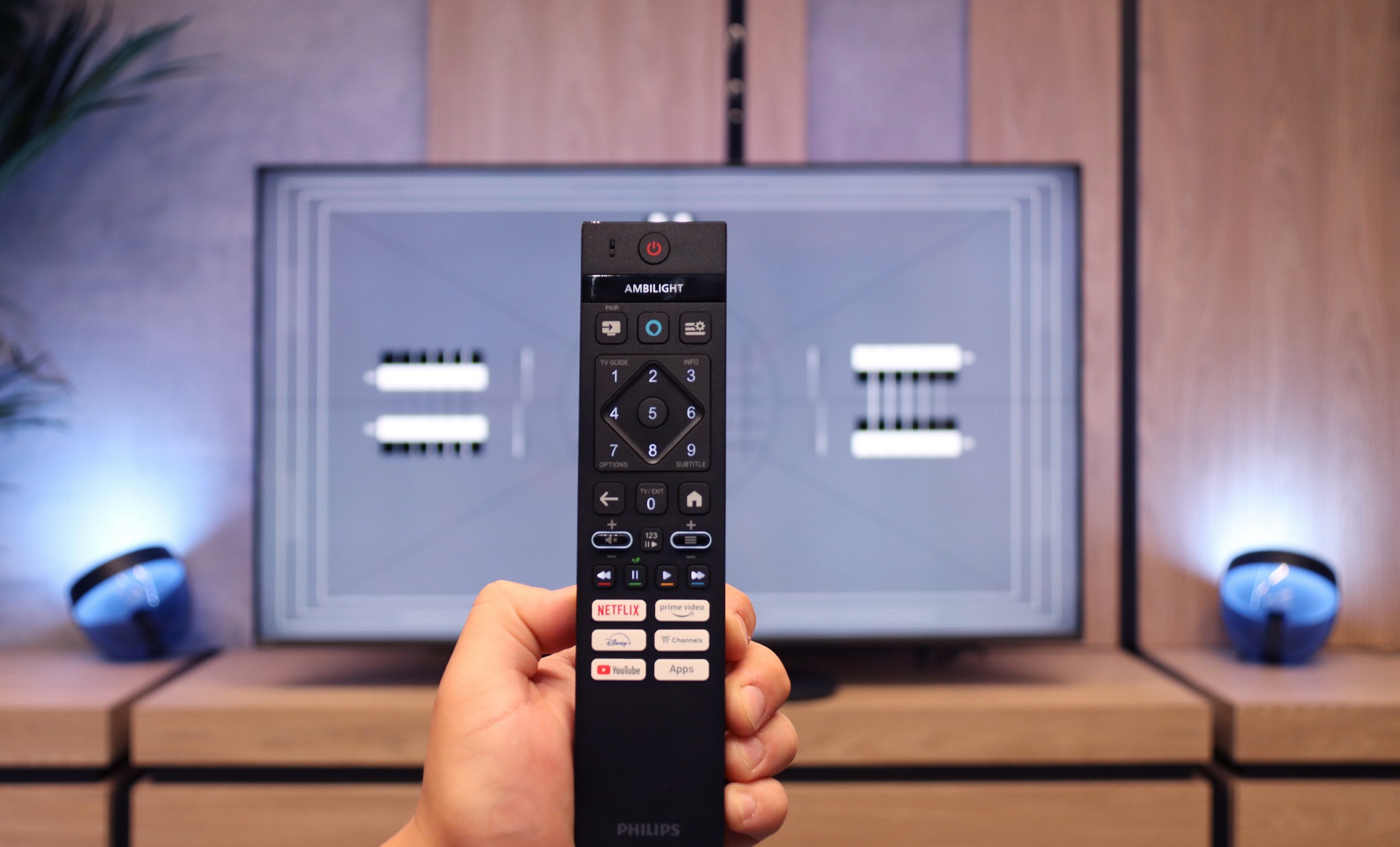The Samsung S90D TV in its smallest variant is a model that excels in many respects. It performs impressively in displaying details in dark scenes, enhancing the experience of watching demanding productions. However, the 48-inch variant has slightly lower brightness compared to larger models, and the screen features a satin finish rather than a glossy one, which can affect daytime viewing. Regardless of the variant, you can expect perfect blacks, while the high screen brightness makes HDR effects particularly striking. Although the factory colour settings may not be ideal, the TV achieves exceptional results after proper calibration, unmatched in its price range.
The Samsung S90D caters to both cinema enthusiasts and everyday viewers. Its wide viewing angles ensure a sharp and detailed picture, even from the side. The TV runs on the intuitive Tizen operating system, which offers a host of features and quick navigation. Access to streaming services and multimedia content is seamless, though the closed nature of the system may result in some missing applications.
For motion handling, the Samsung S90D boasts a 120Hz refresh rate panel that eliminates blurring and provides smooth playback of dynamic scenes, making it a great choice for sports fans. It is also an excellent option for gamers, with features that enhance the gaming experience. Low input lag ensures responsiveness, and the 144Hz panel caters to even the most demanding players.
Philips PUS9000 is proof that the manufacturer not only keeps a finger on the pulse but also listens carefully to its users. In the latest version of this popular series, a clear progress is visible – especially compared to the previous generation that we had the opportunity to test. The use of a VA panel has resulted in a noticeable improvement in black levels, which finally present at an acceptable level. A brightness of up to 500 nits does not disappoint even in sunlit rooms, and support for a wide range of HDR formats – including Dolby Vision and HDR10+ – complements the image of a well-prepared device. Additionally, the support for spatial audio technologies like Dolby Atmos and DTS only enhances the positive impression, especially since the presence of all the aforementioned formats is not a given even in the most expensive models of 2025. But what truly distinguishes this model from its competitors is the Ambilight system. The multi-colored backlighting not only creates a visual impression – in a darkened room, it can enhance perceived contrast and completely change the way a movie or series is experienced. The gaming mode also deserves recognition. 144 Hz, low input lag, variable refresh rate, G-Sync compatibility, and the Game Bar feature – everything one might expect from equipment designed with consoles and PCs in mind. Unfortunately, not everything works perfectly. The Titan OS system, although it operates fairly smoothly, still suffers from shortcomings – many popular apps are missing, minor bugs appear, and the overall experience can be cumbersome in daily use. Plus, the remote, despite its modern look, still uses infrared and requires aiming at the TV. What a pity.
So, for whom is the PUS9060? For those who want to immerse themselves in a movie with impressive Ambilight in the evenings, game on consoles, and stream content from external devices. In such a scenario, “The One” could indeed turn out to be "the one" – especially since its price is not off-putting on launch day.

